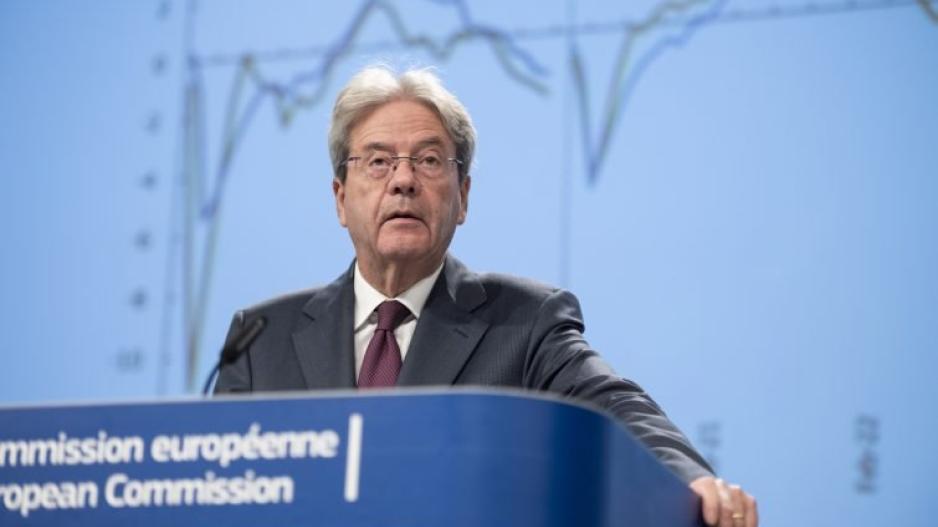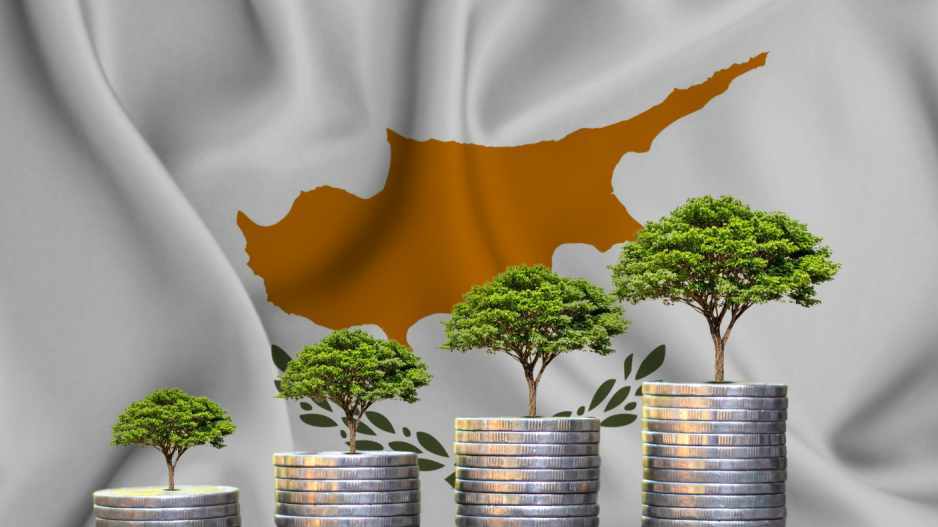What the European Commission's Spring Forecast Reveals for Cyprus Economy
Continued Economic Growth and Declining Inflation
Cyprus is expected to experience continued economic growth and a sustained decrease in inflation through 2024 and 2025, according to the latest economic forecast from the European Commission's Spring 2024 Economic Forecast.
The Commission's forecast predicts robust economic activity in Cyprus in 2024, driven by persistently strong domestic demand and improving exports. Meanwhile, inflation is projected to continue its downward trend toward the 2% target as energy and food prices moderate, and the labor market remains resilient.
The government budget is set to remain in surplus, with public debt decreasing rapidly, according to the forecast.
The European Commission's Spring Forecast projects GDP growth for Cyprus at 2.8% in 2024 and 2.9% in 2025. Employment is expected to continue increasing at a steady pace of 1.4% annually. Inflation is anticipated to fall from 3.9% in 2023 to 2.4% in 2024, and to 2.1% in 2025. The budget surplus is expected to remain at 2.9% of GDP in 2024.
At the EU level, the Spring Forecast, presented by the Commissioner for the Economy, Paolo Gentiloni, predicts that following broad economic stagnation in 2023, better-than-expected growth at the start of 2024 and the ongoing reduction in inflation set the scene for a gradual expansion of activity over the forecast horizon.
The European Commission's Spring Forecast projects GDP growth in 2024 at 1.0% in the EU and 0.8% in the euro area. In 2025, GDP is forecast to accelerate to 1.6% in the EU and 1.4% in the euro area. EU HICP inflation is expected to fall from 6.4% in 2023 to 2.7% in 2024 and 2.2% in 2025. In the euro area, it is projected to decelerate from 5.4% in 2023 to 2.5% in 2024 and to 2.1% in 2025.

Real GDP growth moderated to 2.5% in 2023, driven by domestic demand, particularly consumption, due to increasing employment and disposable incomes in a context of decreasing inflation. However, net exports had a significant negative impact (-6 percentage points) on growth, primarily because exports of financial and professional services dropped significantly due to geopolitical tensions, while imports rose sharply due to increased consumption and investment. A large increase in ship registration also affected last year's figures.
Economic growth is projected to strengthen to 2.8% in 2024 and to 2.9% in 2025. Domestic demand is set to continue driving growth, fueled by anticipated surges in investment from both existing and upcoming major construction projects. This investment boost will complement positive contributions from household and government consumption. Public investment, which has picked up significantly since 2023, is expected to continue growing strongly, partly financed by the Recovery and Resilience Facility (RRF) and other EU funds. Exports of tourism and non-tourism services are set to perform well. Imports are also increasing, driven by both investment and consumption needs and by the large import component of most exports. However, the combined contribution of net exports to growth is expected to be just below zero in 2024 and 0.3 percentage points in 2025.
The current account deficit increased to a historic high of 12.1% of GDP in 2023 and is expected to decline but remain elevated at 11.2% of GDP in 2024 and 10.8% in 2025. Cyprus's reliance on energy imports, alongside imports of consumption and investment goods, contributed to the widening trade deficit amid high energy prices. Additionally, the repatriation of profits by foreign-owned companies, including banks, is impacting primary income outflows, further widening the current account deficit.
In 2023, employment increased by 1.4%, and the unemployment rate decreased to 6.1%, down from 6.8% in 2022. Employment is set to continue increasing at a relatively stable pace of around 1.4% annually over the forecast horizon. Unemployment is forecast to remain on its downward trajectory, reaching 5.6% in 2024 and 5.4% in 2025. The reinforcement of the labor force by foreign workers is expected to continue as domestic labor shortages persist.

HICP inflation is expected to decrease from 3.9% in 2023 to 2.4% in 2024 and continue decelerating to 2.1% in 2025. The decrease is driven mainly by the fall in energy and food prices. Domestic price pressures, particularly in services, remain elevated partly due to continued wage growth.
The general government surplus increased further to 3.1% of GDP in 2023 (up from 2.7% in 2022). Double-digit revenue growth from tax-rich drivers like consumption and rising wages outpaced robust expenditure growth fueled by increased public wages and social spending. However, measures to mitigate the impact of high energy prices slightly dampened the budget balance, with a net budgetary cost of about 0.4% of GDP in 2023.
In 2024, the budget is expected to remain in surplus at 2.9% of GDP. Public wage expenditure is projected to grow by almost 8%, mainly due to inflation indexation. Public capital spending is also temporarily affected by the mortgage-to-rent scheme for vulnerable households managed by the state-owned asset management company (KEDIPES). A positive driver of the 2024 budget surplus is the planned complete phasing-out of the remaining energy-related measures by the summer. Revenue from social security contributions is also projected to continue increasing strongly as the rates of employers' and employees' contributions were raised as of January 2024.
The budget surplus is forecast to remain at 2.9% of GDP in 2025 based on unchanged policies, mainly thanks to the carry-over effect of the phasing out of measures to mitigate the impact of high energy prices.
The general government debt-to-GDP ratio is expected to drop significantly over the forecast horizon, from 77.3% in 2023 to 65.4% in 2025, mainly due to primary surpluses combined with continued strong nominal GDP growth.






